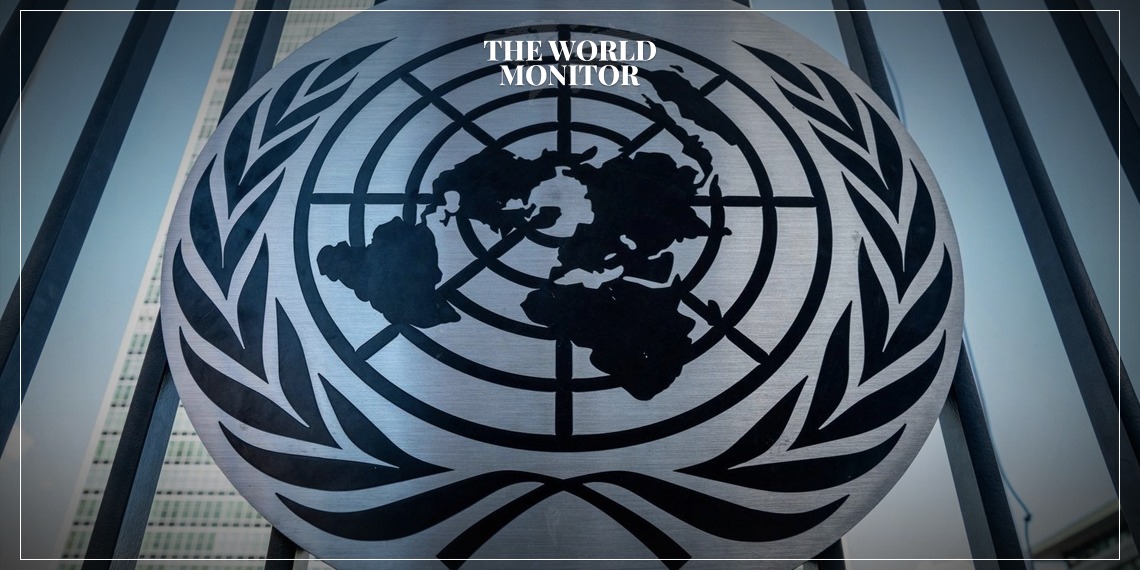In an unsettling revelation, the United Nations Office for the Coordination of Humanitarian Affairs (UNOCHA) discloses a gaping $37 billion funding deficit impeding global emergency responses, affecting millions of destitute individuals across the globe, as per an official statement on the UN website. Amidst a world, still grappling with unforeseen crises, this monetary shortfall puts a significant damper on efforts aimed at alleviating the plights of an estimated 248 million people this year alone.
The plea for financial aid, spanning over $55 billion to extend a lifeline to those engulfed in the throes of calamities, has so far been met with slightly less than a third of the required sum by donors as of the close of September. This figure ominously lingers beneath the amounts amassed during equivalent periods in preceding years. UNOCHA’s explicit emphasis on the monthly downturn in global humanitarian funding punctuates a burgeoning concern that necessitates immediate global attention and action.
A comparative analysis further unravels a more dire scenario where the humanitarian response plans for the Central African Republic and Somalia have witnessed the most significant deficits in funding compared to the preceding year, dwindling to as low as 33% in the case of Somalia. Additionally, funding for eight other urgent humanitarian crises, spanning nations from Afghanistan and Chad to Colombia, Ethiopia, Honduras, Mozambique, Syria, and Venezuela, has receded by over 10%.
This fiscal abyss, noted in the realms of international emergency responsiveness, underlines a poignant need for not merely collective global engagement but a structured and sustainable framework of financial aid that would fortify the resilience and preparedness of nations against unforeseen emergencies. This story unfurling across various geopolitical and socio-economic landscapes underscores the imperative to weave a fortified network of humanitarian response, which is insusceptible to the tremors of financial shortfalls.
The embedded narrative is not simply a numerical insufficiency in funding; it is a reflection of the grim realities and deteriorating living conditions faced by millions. Thus, in the spirit of solidarity, nations, donors, and international entities are beckoned to unify, amplifying efforts to bridge this staggering financial gap. It is an appeal that extends beyond borders, urging the global community to augment their contributions towards sculpting a future where no individual is left beleaguered amidst crises, a future where humanity prevails amidst adversity.
In an era punctuated by increasing global challenges, from socio-economic disparities to environmental crises, the magnifying lens is now more than ever focused on international bodies and affluent nations to navigate through this precarious shortfall and spearhead initiatives that will underpin stable and flourishing future global humanitarian endeavors.






